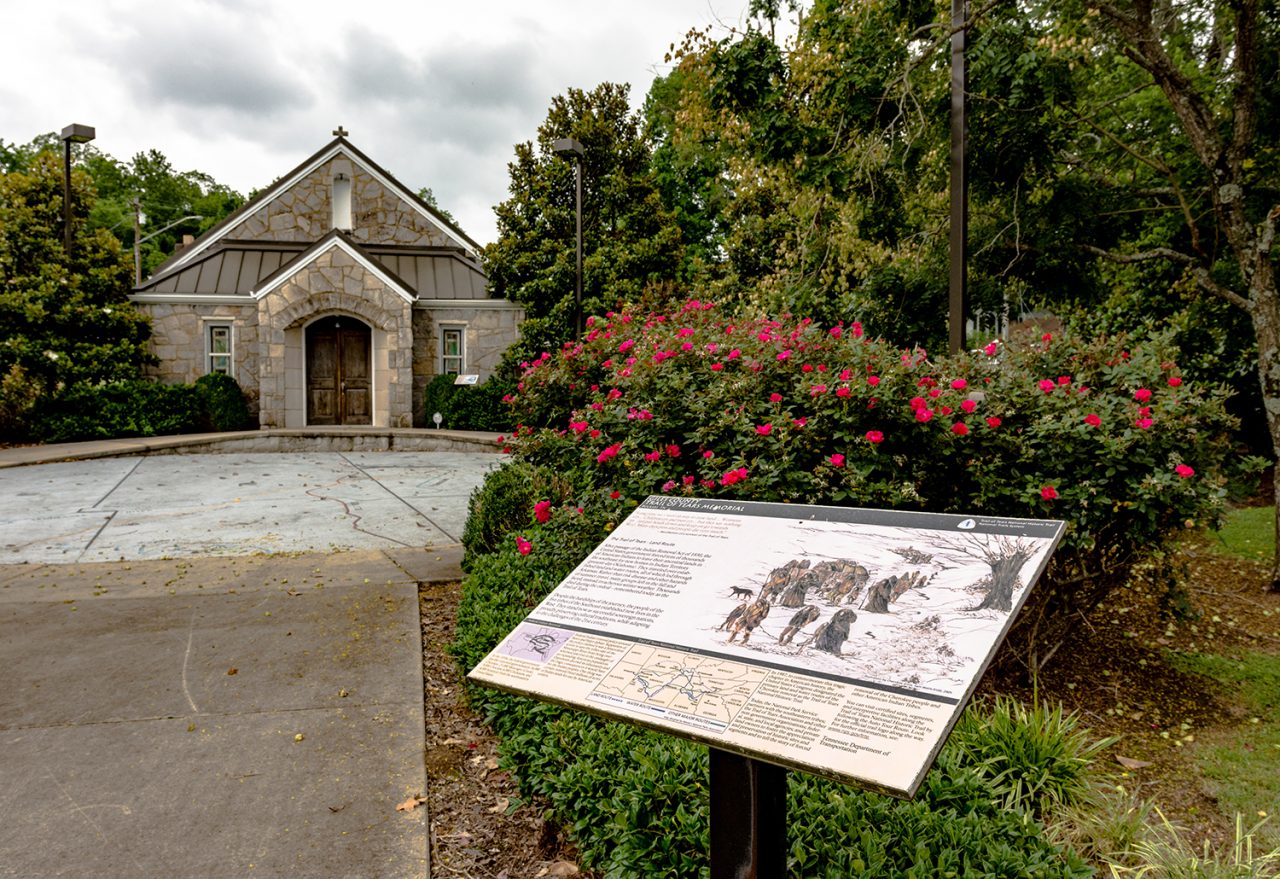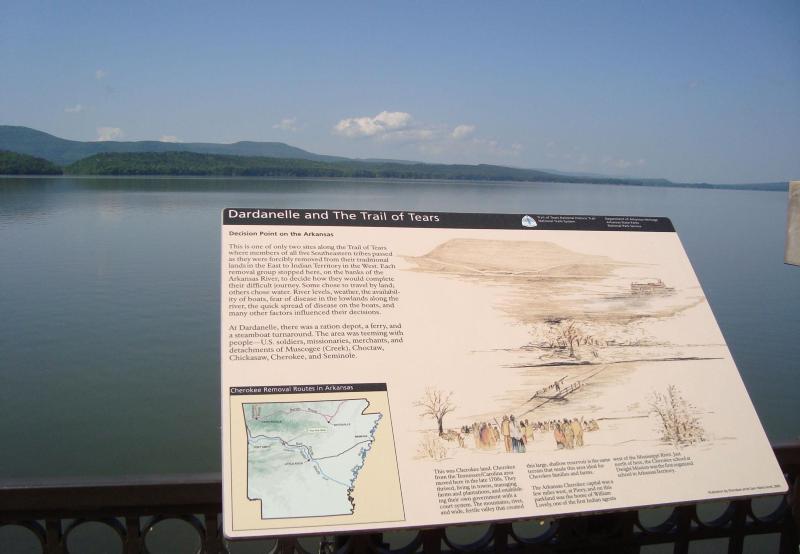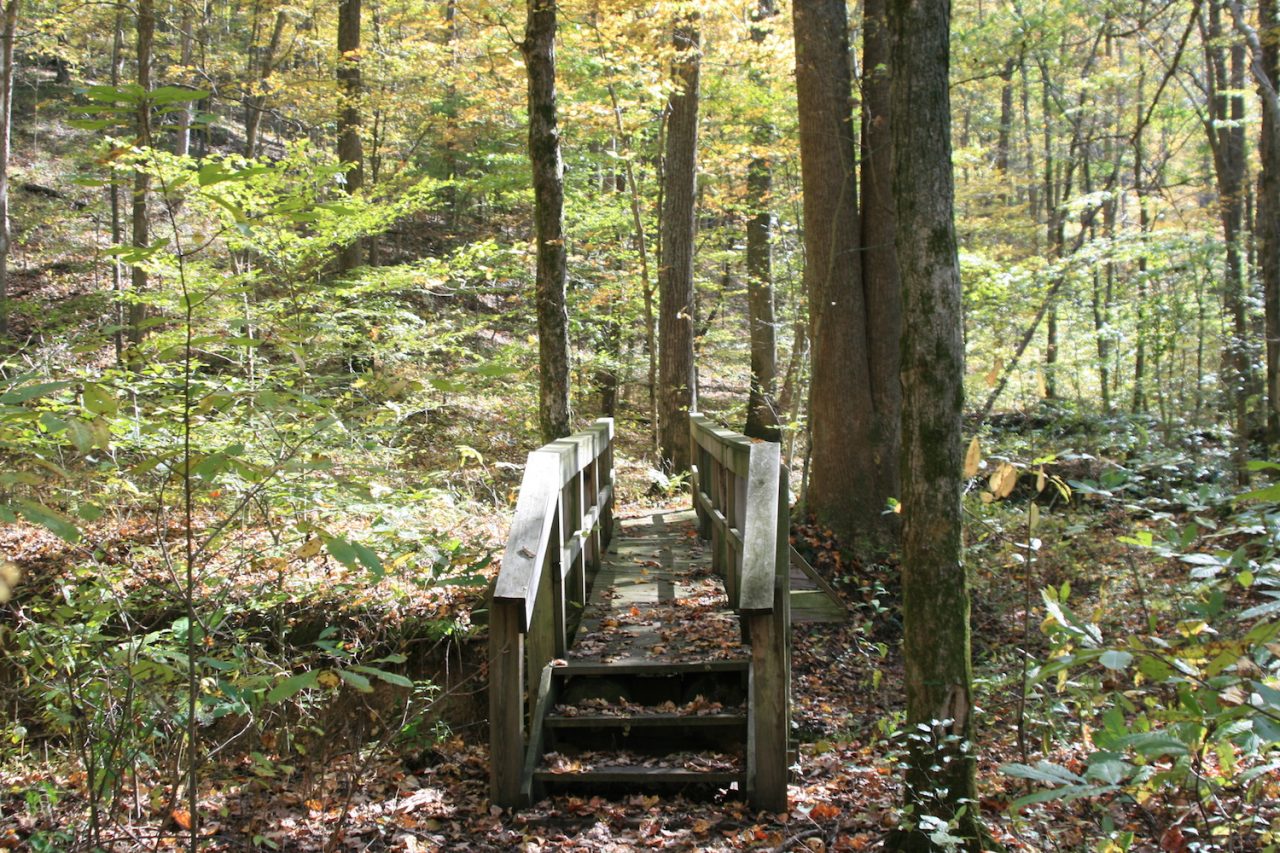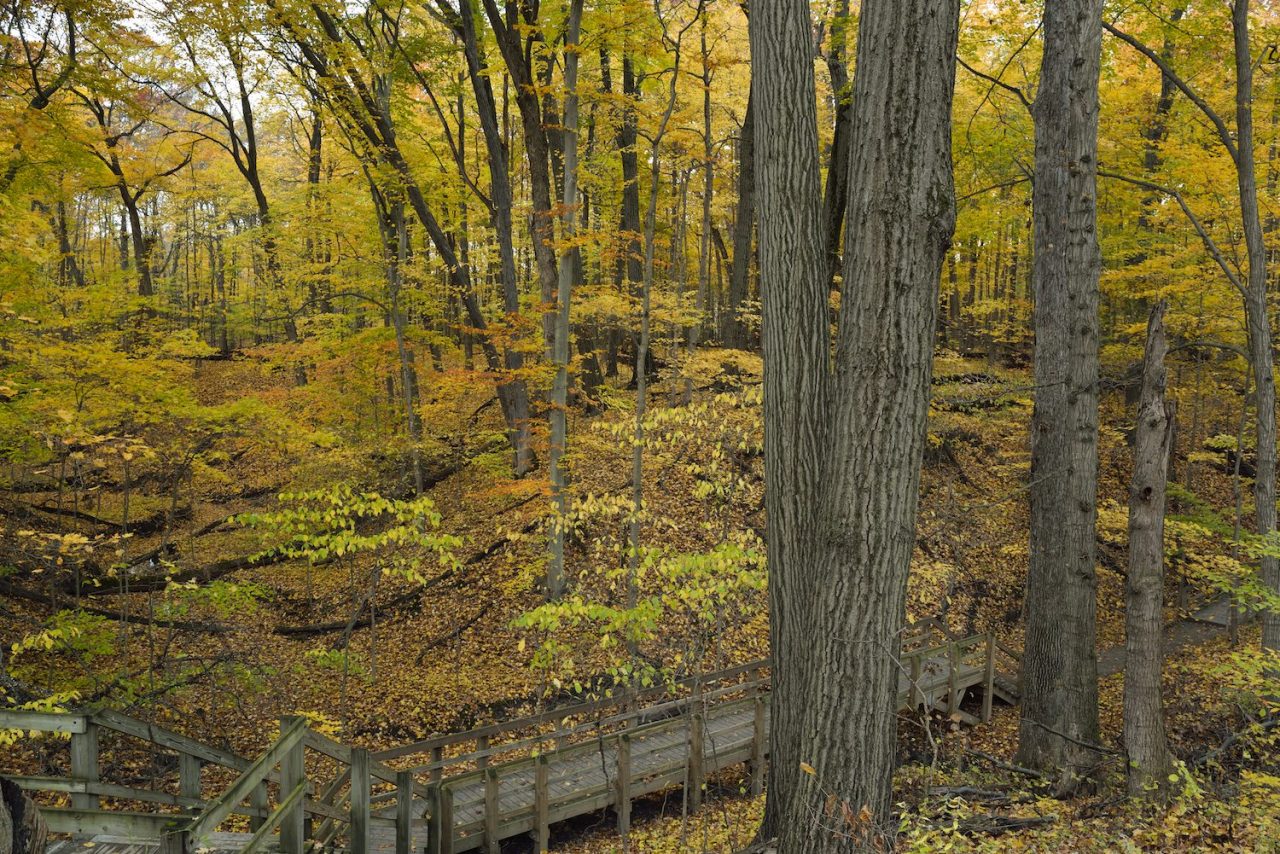In 1838, over 16,000 people of the Cherokee Nation were forced by the US Government to leave their ancestral homes in Georgia, Alabama, North Carolina and Tennesee. They resettled in what is known today as Oklahoma.
This march moved people over 1,000 miles in eight states. Since it took place over the winter, the conditions were terrible. In addition, the majority of those who were required to relocate were not adequately supplied with the food or goods to make it through the snowy conditions.
Over 4,000 members of the Cherokee tribe died during this long winter and the name ‘Trail of Tears’ was born.
The Trail Of Tears National Historic Trail was authorized in 1987 as a way to help recognize what happened and commemorate the struggles of the Cherokee people during this time.
Planning Your Visit
The Trail Of Tears National Historic Trail is one of the more unique parks in the National Park System. It’s not centered in just one specific location. Instead, it covers over 2,000 miles of trails across nine different states.
These various trails follow the paths that the Cherokee people took across Missouri, Arkansas, North Carolina, Tennessee, Georgia, Alabama, Illinois, Kentucky, and Oklahoma.

Trail of Tears Memorial and Museum in Pulaski, Tennessee. ©JackieNix/Bigstock
The trails run through major cities such as Memphis, Nashville, and Springfield, Illinois. Each of these provides lodging and easy access to the trails and monuments in the respective areas. If you’re interested in camping along the trail, there are a number of options that you can explore here.
Exhibits
All along The Trail Of Tears National Historic Trail visitors will find all sorts of different exhibits. These serve to both educate the visitor and highlight the struggles that were suffered along the march.
The exhibits are split into four different segments:
- Leaving the Homeland
- Land Routes
- Water Routes
- Arriving in Indian Territory
Each of these segments highlights different parts of the story. Visitors can learn about the spots the Cherokees camped, where they staged a few uprisings, and how they fared crossing rivers.

NPS
You can find the exhibits and places to visit on the National Park Service interactive map.
Following the Route
The park system makes the trail easy to follow and explore since it is so important. Visitors can follow a number of different routes.
For those who prefer to drive, there are a few auto tour routes. These routes follow along on the main roads that are closest to the trail. There’s also the local tour route that follows more rural roads. At major river crossings, you can see the crossing alert signs.
If you prefer to travel the trail on foot, there are a bunch of options. First, look for the original route signs. These are documented routes that the Cherokee people walked.

You can also wander the trails in other local and state parks as well. Sequoyah National Wildlife Refuge, Holla Bend National Wildlife Refuge, and the Mantle Rock Preserve all have areas that are on the Trail of Tears.
Learn About History
Exploring The Trail of Tears allows visitors to learn about one of the more tragic events in US History. You can also spend some time along the trail to understand the conditions and learn about the history of the Cherokee people.










